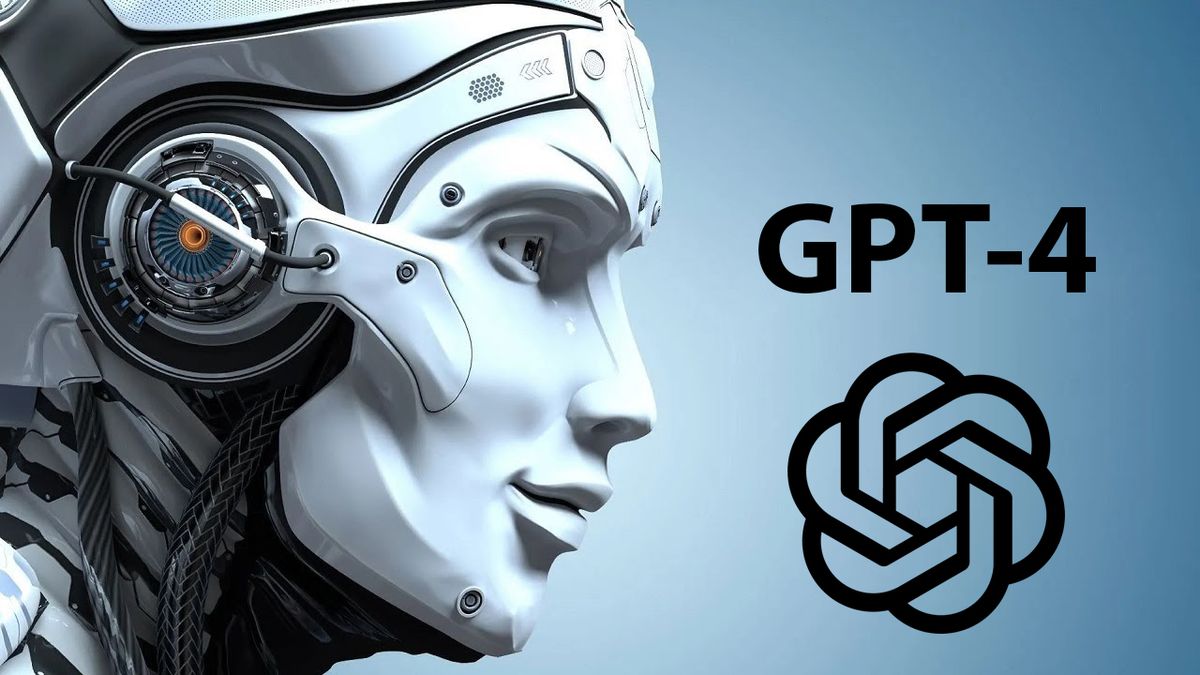[ad_1]
ChatGPT-4 it is already a reality. OpenAI has just released the next version of its artificial intelligence that has caused such a stir in recent months. This new version comes with improvements in several aspects and, in addition, with a series of novelties that make it a most powerful tool when it comes to creating any type of content.
OpenAI has largely explained all the changes coming with ChatGPT-4. Many of these changes mean improvements when it comes to performing the tasks that ChatGPT-3 has been bombarded with up to now. Of course, there are also news regarding the different formats that will be accepted from now on in ChatGPT-4.
And, is that, the new version of the AI now has a multimodal model which admits both text and images for the introduction of information. Yes, images can now be sent to the AI for analysis or comments of any kind. Of course, the answers will always be given in text format.
In line with this novelty, OpenAI has also commented that the new version of ChatGPT has greater creativity and reliability. In fact, it has been indicated that you will be able to follow nuanced instructions more naturally allowing complex tasks with different steps can be performed in the same conversation.
ChatGPT-4 has arrived, improving on OpenAI’s ChatGPT-3 in many ways.
GPT-4 is built on the same architecture as its predecessor, but has been trained with a much larger data setwhich makes it more powerful and capable of understanding and generating more complex language.
According to OpenAI, GPT-4 has been trained on more than 10 trillion words, which is 10 times more than ChatGPT-3. This massive data set includes everything from books, articles, and web pages to social media posts and chat logs.
With so much information, GPT-4 can perform a wide range of language-related tasks, such as language translation, text summarizing, and even creative writing. In fact, OpenAI claims that GPT-4 it is so advanced that it is capable of producing coherent and engaging pieces of writing that are nearly indistinguishable from those written by humans.
The possible applications of GPT-4 are numerous and varied. For example, it could be used to create more realistic chatbots, virtual assistants, and customer service agents. It could also be used to automate tasks like content creation, data analysis, and research.
And because it is capable of understanding and generating language in multiple languages, it could be used to break language barriers and facilitate communication between people from different countries and cultures. In conclusion, the launch of GPT-4 is an important milestone in the development of artificial intelligence technology, and it has the potential to revolutionize the way we communicate and interact with machines.
However, as with any new technology, it also presents certain risks and challenges that must be carefully considered and addressed. Overall, the release of OpenAI’s ChatGPT-4 is an exciting development that is sure to generate a lot of interest and discussion in the coming months and years.
[ad_2]





Leave a Reply